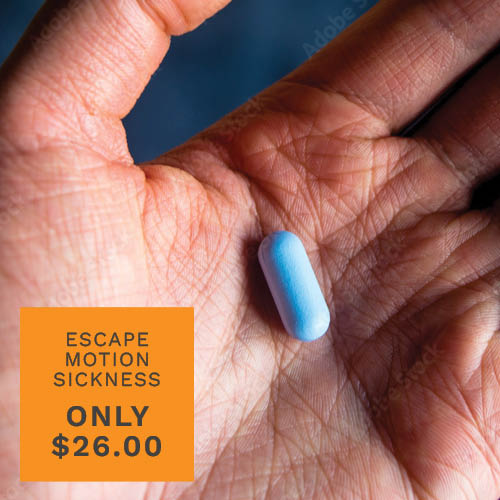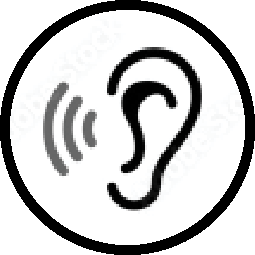While motion sickness is most commonly associated with flying or being on the sea, it can also occur for some people when travelling by bus, train, or car. During car travel, for effective diagnosis and treatment of the condition, it is crucial to understand the causes and symptoms of motion sickness in car.
What is Car Sickness?
Car sickness is a kind of motion sickness that some people experience while traveling in an automobile. In susceptible people, it can occur regardless of the distance traveled.
While symptoms of motion sickness differ from person to person, generally the higher the intensity of the movement, the worse they will be. In other words, bumpy roads, high speed, or winding terrains (such as slopes and bends) could have a more pronounced effect on people prone to car sickness.
Causes of Car Sickness
Typically, car sickness occurs when someone is sitting in a car, but not looking outside the window. In such scenarios, the inner ear of the person perceives motion while the eyes get a static view of the inside of the car. As a result, the central nervous system is fed with mixed signals from the sensory receptors, causing the person to feel unwell.
Although it is still unknown why car sickness affects some people while not bothering others, certain factors such as gender, history of migraine, and genetic dispositions seem to be likely factors.
Car sickness Symptoms and Diagnosis
While nausea and dizziness are the main symptoms by which you could tell that you or a fellow passenger is car sick, certain other less pronounced symptoms such as headache, drowsiness, stomach discomfort, sweating, and dry mouth could also be potential causes for alarm.
There are no specific tests to determine a diagnosis of car sickness, but if you experience the above symptoms every time you are in the car, you are more than likely to be positively diagnosed. If your symptoms are severe, it is advisable to see a doctor who may rule out any underlying condition as the cause of these symptoms.
There is no need to avoid traveling by car if you experience motion sickness. Instead, try out these simple measures to prevent and/or treat your symptoms.
- Seating – It is best to be in the driver’s seat. If that is not possible, at least be in the passenger’s seat and avoid sitting at the back.
- Food – Never start your journey on an empty stomach, as it aggravates the motion sickness in car.
- Controlled breathing – Breathe at a steady rate during the travel to alleviate symptoms.
- Windows – Keep the windows open or the air conditioner on to avoid stuffiness. Continue to look out the window to see motion.
- Medicines – As a preventive measure, take motion sickness tablets such as antihistamines, hyoscine, or a combination of the two, a few hours before your drive begins.
You can contact us by calling 1300 SEASICK or order your travel sickness treatment online here.









